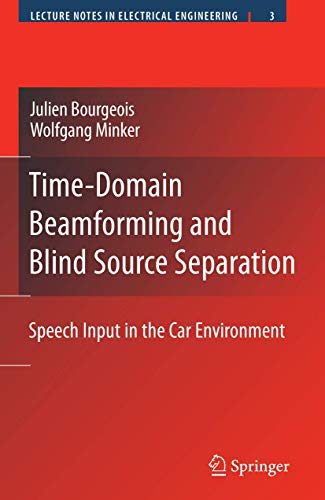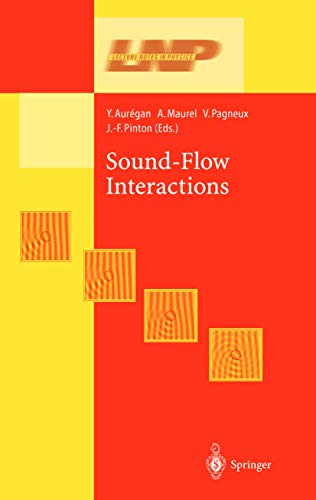Time-Domain Beamforming and Blind Source Separation: Speech Input in the Car Environment (Lecture Notes in Electrical Engineering)
$11.00
Time-Domain Beamforming and Blind Source Separation: Speech Input in the Car Environment (Lecture Notes in Electrical Engineering), Michael I. Taroudakis, 9781441943323
Description

This book addresses the problem of separating spontaneous multi-party speech by way of microphone arrays (beamformers) and adaptive signal processing techniques. It is written is a concise manner and an effort has been made such that all presented algorithms can be straightforwardly implemented by the reader. All experimental results have been obtained with real in-car microphone recordings involving simultaneous speech of the driver and the co-driver. 1 Introduction 1 1.1 Existing approaches: a brief overview. . . . . . . . . . . . . . . . . . . . . . . . . . . . . . 1 1.2 Scope and objective of the thesis . . . . . . . . . . . . . . . . . . . . . . . . . . . . . . . . 2 1.3 Outline of the thesis . . . . . . . . . . . . . . . . . . . . . . . . . . . . . . . . . . . . . . . 3 2 Non-adaptive stationary beamforming 5 2.1 Problemand notations . . . . . . . . . . . . . . . . . . . . . . . . . . . . . . . . . . . . . . 5 2.2 The space-frequency response for omni-directional microphones . . . . . . . . . . . . . . . 6 2.3 Minimum VarianceDistortionless Response (MVDR) . . . . . . . . . . . . . . . . . . . . . 8 2.4 Data-independent beamformers . . . . . . . . . . . . . . . . . . . . . . . . . . . . . . . . . 9 2.4.1 The delay-and-sumbeamformer . . . . . . . . . . . . . . . . . . . . . . . . . . . . . 9 2.4.2 TheMVDR null beamformer . . . . . . . . . . . . . . . . . . . . . . . . . . . . . . 10 2.5 Statistically optimumMVDR beamformer . . . . . . . . . . . . . . . . . . . . . . . . . . . 11 2.6 FromMVDR to Generalized Sidelobe Canceller (GSC) . . . . . . . . . . . . . . . . . . . . 12 2.7 The target signal cancellation problem . . . . . . . . . . . . . . . . . . . . . . . . . . . . . 14 2.7.1 The power-inversion effect . . . . . . . . . . . . . . . . . . . . . . . . . . . . . . . . 14 2.7.2 Robust versions of the GSC . . . . . . . . . . . . . . . . . . . . . . . . . . . . . . . 15 2.8 Use of directionalmicrophones . . . . . . . . . . . . . . . . . . . . . . . . . . . . . . . . . 15 2.8.1 Directionalmicrophones with the same orientation . . . . . . . . . . . . . . . . . . 16 2.8.2 Directionalmicrophones oriented to the sources . . . . . . . . . . . . . . . . . . . . 16 2.9 Experiments under stationary acoustic conditions . . . . . . . . . . . . . . . . . . . . . . . 18
Additional information
| ISBN | |
|---|---|
| Page Number | |
| Author | |
| Publisher |
 English
English
 French
French
 German
German
 Italian
Italian





